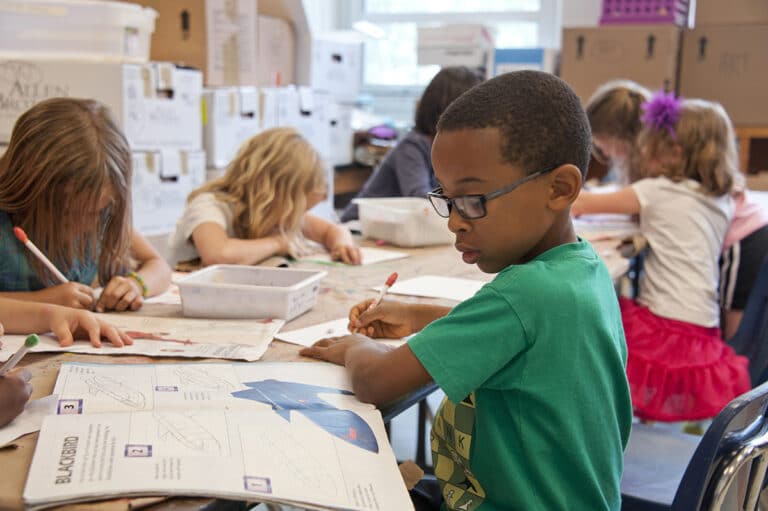
Schools across the country are looking for how to address what is being touted as the learning gaps resulting from a year mixed with virtual, hybrid and in-person models of instruction, mask wearing, physical distancing, and isolation. There are definitely gaps that need to be addressed, however, they can be reframed in a way that does not create a stigma on students that experienced difficulties this year and may be falling behind their grade level expectations. Ever since standardized testing was mandated under No Child Left Behind, there’s been comparisons between districts and discussions of achievement gaps- especially those identified between students in our urban centers and students in their surrounding suburbs. This lens creates a superior-inferior dichotomy where predominately white students from the suburbs are on the top and students of color from the cities are on the bottom. Ibram Kendi, offers this analysis in his book, “How to be an Antiracist”, and provides a different way to view it. Instead of an achievement gap, he says, we face an opportunity gap.
This year, education under pandemic conditions reduced opportunities, especially for our city youth. First and foremost, many students lost the opportunity to be in a physical classroom with a teacher. Additionally, sports, after school clubs, singing, drama, assemblies, field trips, hands on activities, group projects, art projects, bands, etc. form myriad of opportunities stolen by the safety needs of physical distancing, mask wearing, and not sharing materials. Add to this the chronic absenteeism resulting from the challenge of balancing home and school under the same roof combined with the loss of opportunities to connect with friends and school staff.
The people who know most intimately what opportunities were lost this year are the educators and support personnel in our school buildings who work with children on a daily basis. They also comprise the professionals who know best how to close the opportunity gap we face. The HFT surveyed its members on ideas for closing the opportunity gaps faced in Hartford Public Schools. 1170 teachers, or about 70%, responded to the survey. We hear their resounding voices. Here’s what they collectively say.
We ask district leaders to trust your public servants whose daily work life involves assessing student needs and planning or modifying instruction to meet those needs. Listen to their voices, as we have, and allocate precious resources on interventions that will offer increased opportunities for Hartford students to succeed.
Carol Gale, President
Corey Moses, First Vice-President
Stuart Beckford, Second Vice-President